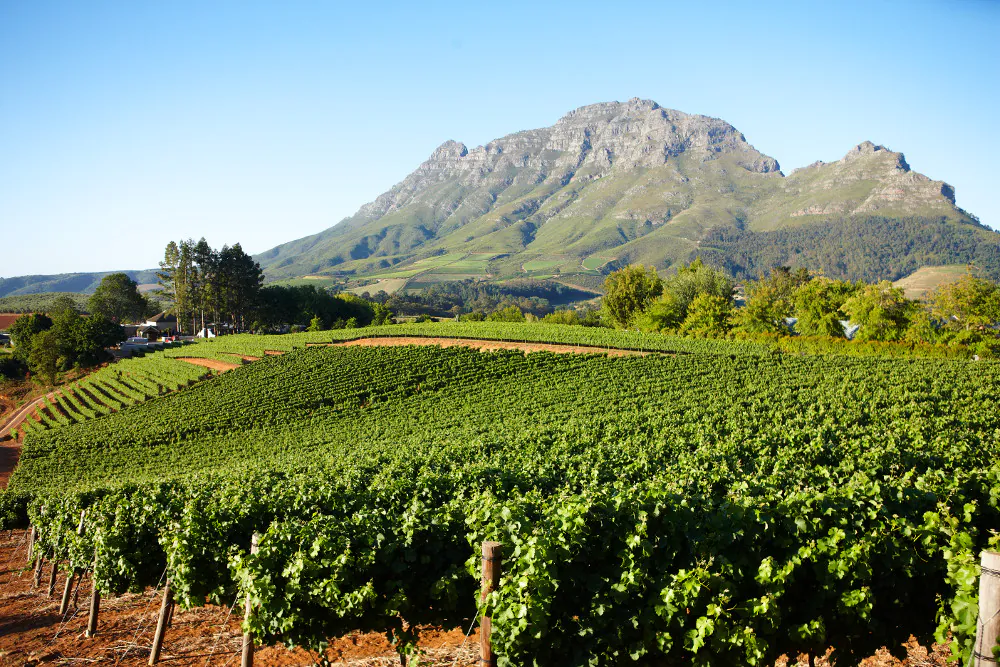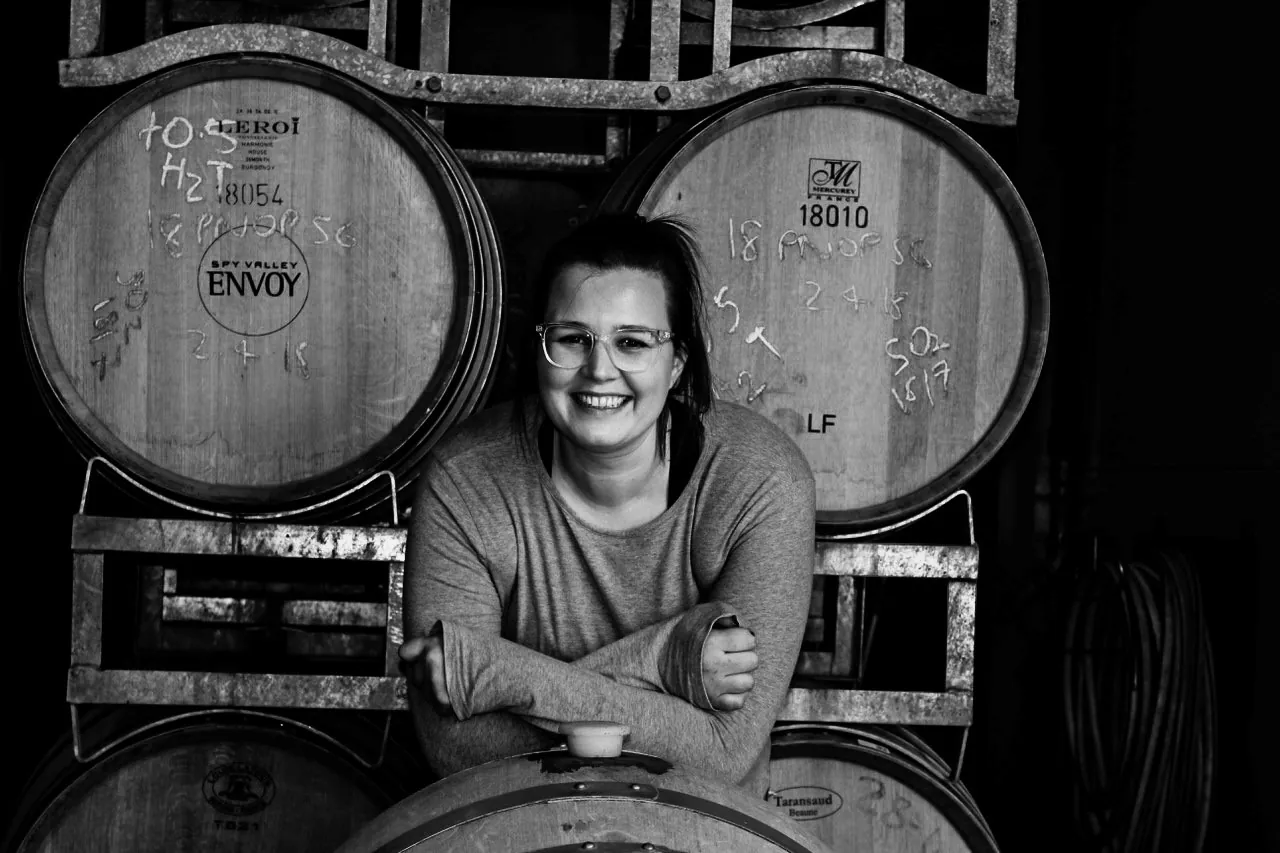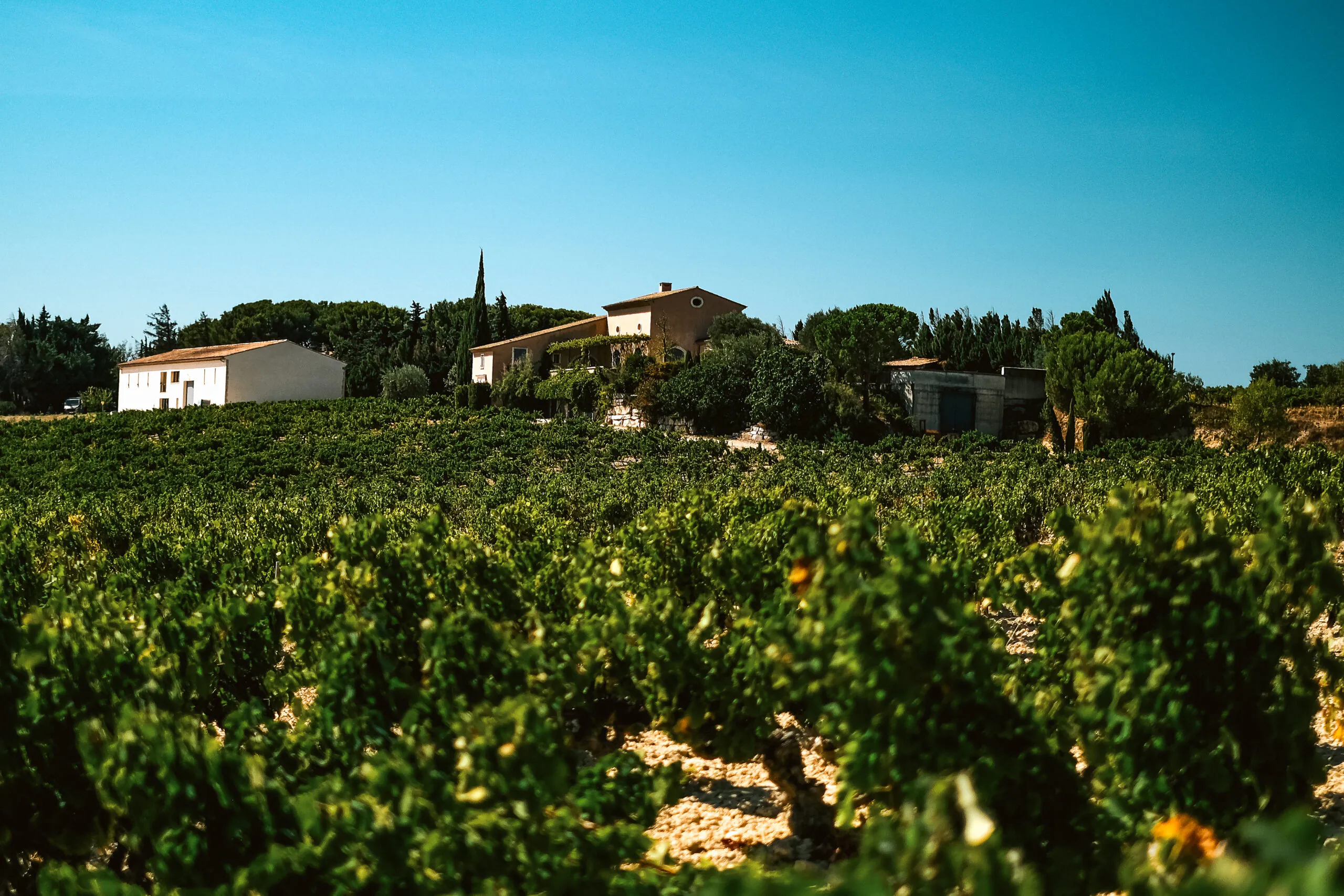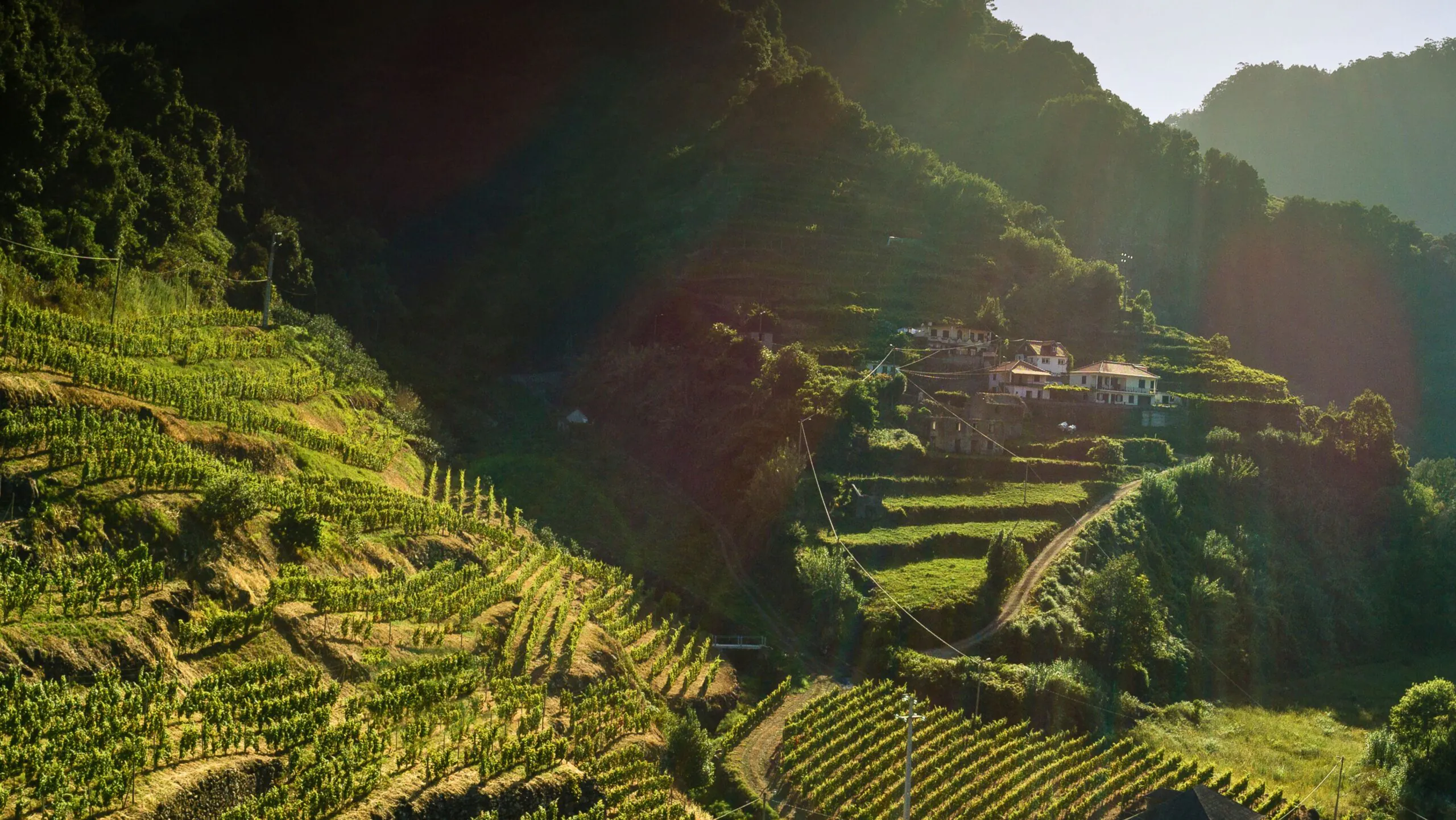A Conversation with Juan Teixeira: The Story of Madeira Wine
The rich history of Madeira wine is a tale as old as the island itself. Discovered in 1418 and 1419, Madeira Island and Porto Santo quickly became centers for agriculture and viticulture. We spoke with Juan Teixeira, the head winemaker at Broadbent Madeira, to learn more about how the history of the island shaped one of the world’s most distinctive wines.
“Winemaking on Madeira began almost immediately after the land was cleared for cultivation,” Juan tells us. “The settlers brought with them vines from Portugal, and within 25 years of colonization, Madeira wine was already being exported.”
The Early Days of Winemaking
Shortly after Madeira was colonized, the island’s fertile soil was planted with wheat, sugarcane, and vines. While wheat and sugarcane were essential crops, it was the grapevine that would define Madeira’s legacy. The early stages of winemaking were influenced heavily by the settlers’ European traditions, with viticulture practices designed to sustain both the local community and the religious needs of the island’s inhabitants.
“Wine had a dual purpose,” Juan explains. “On one hand, it was a part of daily life. But just as importantly, the early settlers needed wine for religious ceremonies, which meant producing wine of good quality.”
It wasn’t long before Madeira’s wines attracted the attention of the outside world. By the mid-1400s, Mediterranean vines had also been introduced, expanding the variety of grapes grown on the island. A visitor to Madeira around 1450, the Genoese navigator Cadamosto, marveled at the island’s vineyards, noting how the vines were “suspended from pergolas” and included varieties such as Malvasia de Candia and red seedless grapes. He remarked on the exceptional quality of the wines, which were already being exported to satisfy international demand.
The Evolution of Madeira Wine
As Juan describes, “Even though winemaking started as a subsistence activity, it quickly became clear that Madeira’s climate and soils could produce something special. By the end of the 16th century, we were already producing sweet white wines that were drawing attention across Europe.”
During this time, Madeira was producing Malvasia (a white, sweet wine) and other high-quality varieties. These wines were praised for their longevity and began to rival the famous wines from the Mediterranean.
It’s likely that the Jesuits who settled on the island played a significant role in shaping the wine’s style. Thanks to their knowledge, Madeira’s winemakers learned how to produce sweet wines using techniques such as cooking grape must or using raisined grapes. Additionally, the abundance of sugarcane on the island may have contributed to early experiments with sweet wine production.
“Jesuits were key to developing our early wines,” Juan says. “They knew how to work with what they had, and the results were impressive. Even before the introduction of brandy, Madeira wine was already a high-quality product.”
Alongside these premium sweet wines, the island also produced more common varieties, such as claret, which were consumed locally. The expansion of vineyards across the island was likely driven by a combination of local demand and the need to supply ships stopping at Madeira on their way to Europe and Brazil.
The Introduction of Fortification
However, Madeira wine as we know it today—a fortified wine—did not emerge until much later. The exact timing of fortification is unclear, but the technique began in earnest during the 18th century. According to Juan, “Fortification started as a way to preserve the wine during long voyages, particularly on ships headed to far-off places like the Americas or the East Indies.”
Fortification involved adding brandy to the wine before shipment, increasing its alcohol content and enhancing its preservation. By the mid-18th century, this practice had become common on the island. In fact, a letter from 1753, written by Francis Newton to his London business partner, George Spence, revealed that fortification was widespread by then.
Juan adds, “There’s an interesting story from Newton’s letter, where he admits he initially didn’t add brandy to his wines, which led to complaints from customers. In the end, he acknowledged that fortifying the wine was essential for success in the market.”
As the demand for higher alcohol content grew, fortification became a defining feature of Madeira wine, helping to transform it into a luxury product. “The addition of brandy really changed the game,” says Juan. “It allowed Madeira wine to develop into a unique style, and its appeal spread far and wide. It went from being a robust table wine to something more akin to a fine liqueur.”
A Legacy That Endures
Today, Madeira wine is renowned for its rich, complex flavors and remarkable aging potential. Its history is inseparable from the island itself, shaped by both the traditions of its early settlers and the innovations of later generations.
“Madeira wine has survived centuries of change,” Juan reflects. “It’s an expression of the island’s resilience and its connection to the world. Whether you’re sipping a glass today or reading about its history, Madeira wine continues to tell a story that goes back over 600 years.”






























